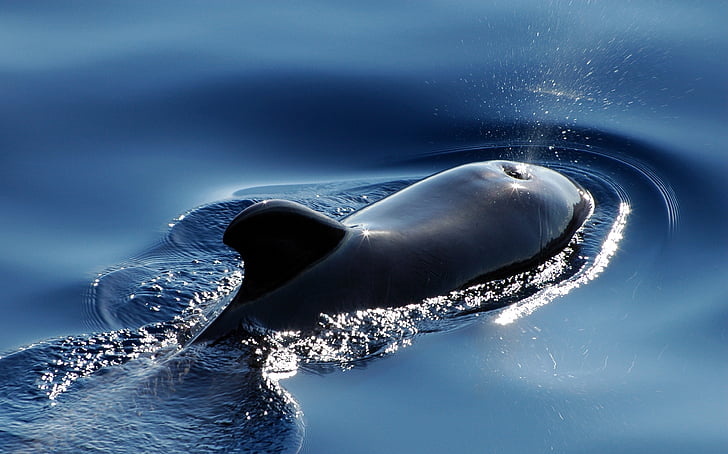

By Asmita - Aug 14, 2025
Researchers from Griffith University’s Whales & Climate Program conducted a study on playful interactions between whales and dolphins, analyzing 200 encounters involving 19 species globally. The findings challenge previous notions by revealing frequent mutual play interactions, especially with humpback whales displaying positive responses. These interactions suggest complex social structures and emotional capacities in marine mammals, emphasizing the importance of understanding interspecies dynamics for marine biology and ecosystem studies.

Dolphin via PickPik
LATEST
Whales and dolphins have long fascinated scientists and ocean enthusiasts alike, especially regarding their social behaviors. A new study led by researchers from Griffith University’s Whales & Climate Program has shed light on a remarkable aspect of their social lives: frequent playful interactions between whales and dolphins across various species. This research examined nearly 200 documented encounters involving 19 species of baleen whales and dolphins in 17 locations around the globe, utilizing a wide array of sources including videos and images from the public, tourism operators, and scientists. The study’s findings reveal that these interactions are more common and more mutual than previously thought, challenging the perception that dolphins primarily annoy or harass whales.
The study found that about a quarter of the interactions analyzed could be classified as mutual play, with humpback whales showing particularly positive behavioral responses. In around one-third of the encounters involving humpback whales, the whales engaged in behaviors such as rolling from side to side, belly presentations, and pectoral fin movements, which are associated with socializing or courtship. These whales often moved deliberately toward dolphins, sometimes slowly orienting their bodies to face them, suggesting an intentional engagement. Dolphins were observed initiating play through activities like bow riding—where they swim near the whale’s head or bow, using the slipstream created by the larger animal to conserve energy—and close physical contact like touching or riding on the whales’ rostrums.
Interestingly, the whales’ responses were predominantly positive, with few signs of avoidance or aggression. Aggressive signals, such as tail or head slaps, were rare and mostly absent in humpback whale interactions. Other whale species, such as grey whales and southern right whales, also displayed behaviors like rolling and pectoral slapping, possibly indicating social engagement, though humpbacks appeared most friendly. Some playful interactions even extended below the water's surface, as revealed by animal-borne cameras attached to humpbacks. This gave researchers a unique "whale’s-eye" perspective on the interactions, confirming that play and social contact with dolphins were intentional and sustained behaviors.
The study’s implications extend beyond documenting an intriguing natural phenomenon. These interspecies interactions hint at complex social structures and emotional capacities in marine mammals. Play serves important roles such as strengthening social bonds and may reflect advanced cognitive abilities. Moreover, understanding these dynamics is vital for marine biology and ecosystem studies, offering insights into the social ecology of marine life. The use of social media and citizen science was crucial in gathering this diverse data, highlighting new ways technology can help uncover behaviors that traditional scientific methods might overlook. Such research enriches knowledge about the interconnectedness between species in the ocean and encourages further study into the social lives of whales and dolphins.